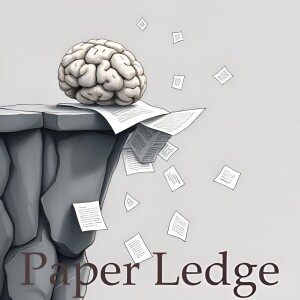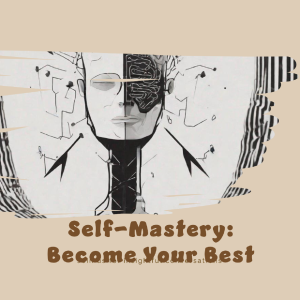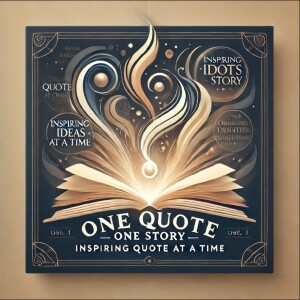

Artificial Intelligence - PhysicsMinions Winning Gold Medals in the Latest Physics Olympiads with a Coevolutionary Multimodal Multi-Agent System
Hey PaperLedge crew, Ernis here, ready to dive into some seriously cool research! Today, we're tackling a paper that asks a big question: Can AI truly understand physics, not just crunch numbers?
Think about it: physics isn't just equations. It's about seeing how the world works, from the way a ball arcs through the air to the mind-bending stuff happening inside atoms. And the toughest test of physics smarts? The International Physics Olympiad – basically, the Olympics for physics brains!
This paper points out that while AI has made huge leaps, it's still got a ways to go when it comes to cracking these super-complex Olympiad problems. Current AI models often struggle because they tackle problems with a single approach. It's like trying to fix a car with only a hammer – sometimes you need a wrench, a screwdriver, and a whole lot of ingenuity!
That's where PhysicsMinions comes in. This isn't just one AI; it's a whole team working together. Imagine it like this:
- Visual Studio: This minion is all about the pictures. It looks at diagrams and figures out what's important. Think of it as the visual interpreter, translating drawings into useful information.
- Logic Studio: This minion is the problem-solver. It uses the information from the Visual Studio to build equations and find solutions, like a master strategist planning a battle.
- Review Studio: This minion is the quality control. It double-checks the Logic Studio's work, making sure everything makes sense. It's like a meticulous editor catching errors before they go to print.
But the real magic? These minions learn from each other. The Review Studio gives feedback to the Logic Studio, helping it improve its problem-solving skills over time. It's a constant cycle of refinement, pushing the system closer and closer to the right answer.
"The system coevolves through an iterative refinement loop where feedback from the Review Studio continuously guides the Logic Studio, enabling the system to self-correct and converge towards the ground truth."So, what did they find? The results are pretty awesome:
- Strong Generalization: PhysicsMinions actually improved the performance of existing AI models, even the ones that are usually top-of-the-line. It's like giving them a super-powered upgrade!
- Historic Breakthroughs: Open-source AI models (meaning models available for anyone to use) went from barely passing to winning six gold medals in these physics Olympiads. That's a huge jump! And, incredibly, PhysicsMinions helped an open-source model win its first-ever gold medal in the latest International Physics Olympiad (IPhO) under the average-score metric!
- Scaling to Human Expert: In the most recent IPhO, PhysicsMinions achieved a score that would have ranked it 4th out of 406 human contestants! That's better than 99% of the people who competed, and way ahead of the best single-AI model.
Basically, PhysicsMinions showed that by working together and constantly learning, AI can reach levels of physics understanding that were previously thought impossible.
Now, why does all this matter?
- For AI Researchers: This shows the power of multi-agent systems and coevolutionary learning. It's a new approach to tackling complex problems.
- For Physics Students: This could lead to new tools for learning and problem-solving, helping students better understand the subject.
- For Everyone: This demonstrates the incredible potential of AI to tackle real-world problems, not just in physics, but potentially in other fields as well.
This research isn't just about winning physics competitions; it's about building AI that can truly understand and interact with the world around us.
Here are a couple of things that got me thinking:
- Could this "minion" approach be applied to other complex problems, like medical diagnosis or climate change modeling?
- As AI gets better at solving these Olympiad problems, will it change the way we teach and test physics?
That's all for this episode, crew! Keep exploring, keep learning, and I'll catch you next time on PaperLedge!
Credit to Paper authors: Fangchen Yu, Junchi Yao, Ziyi Wang, Haiyuan Wan, Youling Huang, Bo Zhang, Shuyue Hu, Dongzhan Zhou, Ning Ding, Ganqu Cui, Lei Bai, Wanli Ouyang, Peng Ye
More Episodes
All Episodes>>You may also like
Create Your Podcast In Minutes
- Full-featured podcast site
- Unlimited storage and bandwidth
- Comprehensive podcast stats
- Distribute to Apple Podcasts, Spotify, and more
- Make money with your podcast












